Cloud computing has become a critical part of businesses nowadays for the agility, scalability, and cost-effective services they provide. However, with the increase in usage of cloud applications, the security challenges have also increased. To tackle these challenges, organizations are implementing offensive methods such as cloud security VAPT (Vulnerability Assessment and Penetration Testing).
As per a recent survey, over 80% of companies globally have experienced at least one cloud incident in the past year, with 27% of organizations experiencing a public cloud security incident. Another study shows that servers are the main target of 90% of data breaches where cloud-application servers are most affected.
With sensitive data and vital applications being stored in the cloud, robust security is inevitable for their protection. In this blog, we will discuss cloud VAPT, how it helps safeguard cloud assets, and why more organizations should invest in it.
What is Vulnerability Assessment and Penetration Testing (VAPT)
Vulnerability Assessment and Penetration Testing (VAPT) is a structured way to evaluate the security of an organization’s IT infrastructure, including cloud-based systems and applications. Let’s look at each of these components in detail.
Vulnerability Assessment
Vulnerability assessment involves identifying and assessing vulnerabilities within a system or network to detect potential weaknesses that could be exploited by hackers. These vulnerabilities might include outdated software, misconfigurations, weak access controls, or unresolved vulnerabilities. This process uses a range of automated tools and manual inspections to identify these weaknesses.
Penetration Testing
Also known as pentesting or ethical hacking, penetration testing involves simulating real-world attacks to identify vulnerabilities and evaluate the effectiveness of security measures. Penetration testers use various techniques to exploit weaknesses, gain unauthorized access, and offer insights into the system’s ability to prevent cyberattacks.
What is the Purpose of Cloud VAPT?
The prime purpose of cloud security VAPT is to find security gaps in the loud service before hackers do. Different types of automation and manual techniques are used depending on the type of cloud service and provider to find vulnerabilities. However, since a customer does not own the cloud platform/infrastructure as a product but as a service, there are several challenges to cloud VAPT, which we will read about later in this blog.
Benefits of Continuous Cloud Security VAPT
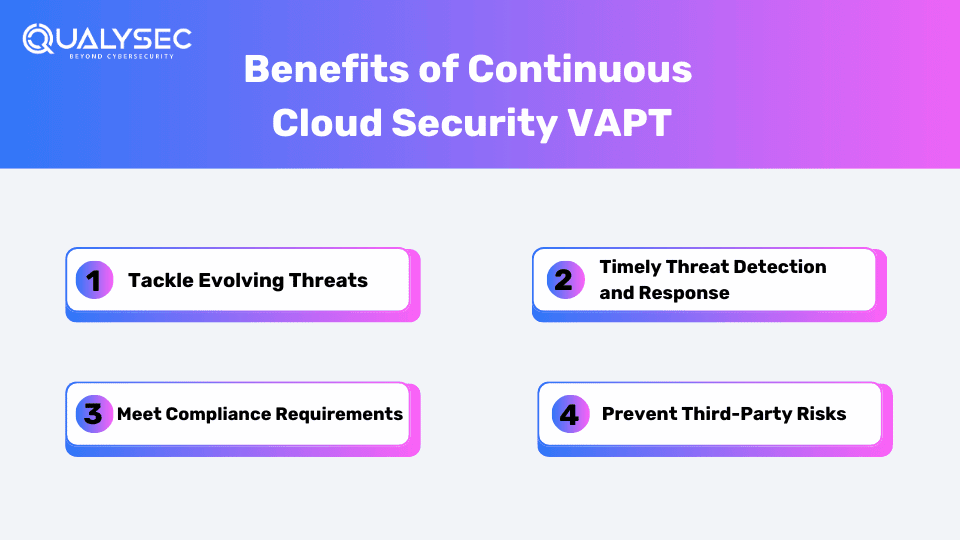
Cloud security VAPT services are not only beneficial for cloud providers but also for organizations that store their applications and sensitive data in the cloud. Security testing in the cloud also helps in maintaining the shared responsibility model created by most cloud providers between themselves and the customers.
1. Tackle Evolving Threats
The landscape of cyber threats is constantly evolving, with new attack methods and advanced techniques emerging regularly. Depending on a one-time security assessment is no longer enough to protect cloud environments. Continuous cloud security testing ensures continuous monitoring of security vulnerabilities and provides proactive measures to address risks in this rapidly changing threat landscape.
2. Timely Threat Detection and Response
Cloud environments are dynamic, where frequent changes occur in software updates, configurations, and deployment of new applications. These changes can create new vulnerabilities and unintentionally weaken existing security measures. Regular cloud security VAPT helps organizations identify vulnerabilities in real-time, allowing for quick remediation before they are exploited by attackers.
3. Meet Compliance Requirements
Many industries and regulatory standards make it mandatory for regular security assessments and penetration testing to ensure compliance. Continuous cloud security vulnerability and penetration testing help organizations fulfill these requirements and provide proof of their dedication to maintaining a robust security posture. Failing to comply with these regulations can lead to significant financial penalties and reputation damage.
4. Prevent Third-Party Risks
Organizations operating in cloud environments frequently use various third-party elements such as APIs, frameworks, and libraries. These external dependencies can create vulnerabilities that are not under the direct control of the organization. Continuous cloud security VAPT helps identify vulnerabilities emerging from these third-party integrations and allows organizations to collaborate with vendors to address them.
Qualysec Technologies provides high-quality and customized cloud VAPT solutions for those who want their assets in a cloud safe. Contact us today and we will guide you through the entire process of strengthening your security.
Talk to our Cybersecurity Expert to discuss your specific needs and how we can help your business.
Cloud VAPT Methodology
There are different types of cloud VAPT methodologies to ensure its authenticity. These methodologies cover all critical aspects within the cloud platform and applications.
1. OSSTMM
OSSTMM stands for Open-Source Security Testing Methodology Manua, a renowned and recognized standard of penetration testing. It is based on a scientific approach to VAPT that offers flexible guidelines for testers, making it a widely adopted framework. Testers can use OSSTMM to perform accurate assessments.
2. OWASP
Open Web Application Security Project or OWASP is a widely known penetration testing standard that is continuously developed and updated by a community by keeping in trend with the latest cyber threats. Apart from identifying application vulnerabilities, OWASP also addresses logic errors in processes.
3. PTES
Penetration Testing Execution Standards (PTES) is a pen testing methodology crafted by a team of IT professionals. PTES aims to create a comprehensive and updated standard of penetration testing across various digital assets, including cloud environments. Additionally, it wants to create awareness among businesses and what to expect from a penetration test.
Top Common Cloud Vulnerabilities
With the increase in usage of cloud platforms, the risks are also increasing. Here are some common cloud vulnerabilities or security risks that need regular cloud security VAPT to mitigate.
1. Insecure APIs
Application Programming Interfaces (APIs) are used in cloud services to exchange information across different applications. However, insecure APIs can lead to extensive data breaches. Sometimes, misusing HTTP methods like PUT, POST, and DELETE in APIs can allow hackers to upload malware onto servers and delete crucial data. Insufficient access control and inadequate input sanitization are also prime causes of API being compromised, which can be detected through cloud security testing.
2. Server Misconfigurations
One of the most common cloud vulnerabilities is cloud service misconfigurations, particularly the misconfigured S3 Buckets. Other common cloud misconfigurations include improper permissions, failure to encrypt data, and unclear differentiation between private and public data.
3. Weak Passwords/Credentials
Using weak or common passwords can put your cloud accounts at risk of brute-force attacks. Attackers can use automated tools to guess passwords and gain authorization for your account. This could result in a disaster, leading to your account being completely taken over. Since most people use easily memorable passwords, these attacks are quite common. Such vulnerabilities can be promptly identified through cloud VAPT.
4. Insecure Codes
Most businesses try to build their cloud infrastructure at low costs, often leading to coding errors like SQL injection (SQLi), cross-site scripting (XSS), and cross-site request forgery (CSRF). These vulnerabilities are often the root cause of compromising most cloud services.
5. Outdated Software
As outdated software contains crucial security vulnerabilities that can compromise cloud services. Most cloud software vendors do not follow update procedures and most cloud users do not update the software timely. Hackers can use automated scanners to identify these outdated cloud services and compromise them.
Best Practices for Cloud Security
Both cloud service providers and users can follow these practices to secure their cloud platform that contains sensitive data and applications.
1. Continuous Vulnerability Assessment
Cloud VAPT tools can provide continuous vulnerability assessment through consistent scans. These vulnerability scans can detect the weaknesses present in the cloud environment. Make sure that the tools can scan beyond the login screens and find any business logic errors present.
2. Regular Penetration Test
Regular penetration tests are essential to ensure the security of a cloud environment, both for the provider and customers. The tests can help identify and address any vulnerabilities present in the cloud. The penetration testing report will highlight all the vulnerabilities found along with the actions needed to fix them before hackers exploit them.
Would you like to see what a real cloud VAPT report looks like? Download here!
Latest Penetration Testing Report

3. Data Encryption
It is very critical to secure the data that are stored and transmitted by cloud customers. This is where data encryption is used. Using Transport Layer Security for encrypting data while it is stored and while it is being moved, ensures that data can be accessed by the right people while maintaining its confidentiality.
Challenges in Cloud Security VAPT
Though cloud VAPT is conducted to find vulnerabilities present in the cloud environment, there are several challenges faced by testers. Some of these include:
1. Lack of Transparency
Some cloud services have data centers that are managed by third parties. Users might not even know where their data is stored and what kind of hardware and software configuration is used, exposing their data to security risks. While major cloud service providers like AWS, Azure, GCP, etc. conduct their security audits, customers can also use cybersecurity companies for cloud VAPT for added security.
However, a lack of transparency arises when your stored data or resources cannot be audited by the security auditor of your choice. As a result, if these resources are compromised, you may not be able to respond effectively.
2. Resource Sharing
It is common for cloud services to share resources across multiple accounts. However, this resource sharing can be challenging during cloud security VAPT.
Sometimes, the cloud service providers do not segregate the resources of different users. In these cases, if your business needs to follow PCI DSS compliance, it will require all the accounts sharing these resources and the cloud service provider to be PCI DSS compliant as well.
Such complicated scenarios occur because there are multiple ways to implement cloud infrastructure. Such complexity makes the cloud VAPT process more challenging.
3. Restricted Policies
Each cloud service provider has its policy for conducting cloud VAPT. These policies state the endpoints and the types of tests that can be conducted within the cloud environment. Here’s a brief overview of the cloud security testing policies of the three most popular cloud service providers:
| Cloud Service Provider | Attacks Prohibited |
| Amazon Web Services (AWS) | Denial of Service (DOS) and Distributed Denial of Service Attacks (DDOS), DNS zone walking, Port, Protocol, or Request flooding attacks. |
| Microsoft Azure | DOS and DDoS attacks, intensive network fuzzing attacks, Phishing, or any other social engineering attacks. |
| Google Cloud Platform (GCP) | Phishing, distributing trojans, ransomware, Interfering, piracy, or any other illegal activity. |
4. Scale, Scope, and Encryption Issues
As cloud services operate on a huge scale, one machine cannot host multiple virtual machines (VMs), making cloud security VPT more challenging. Additionally, the scope of penetration testing can vary from user software (like CMS and Database) to service provider software (such as VM software), adding to the complexity of challenges.
Moreover, when encryption is added to this list, another layer of challenge is created. If the company being audited is not willing to share encryption keys, it can further worsen the situation for security testers.
Step-By-Step Cloud Security VAPT Workflow
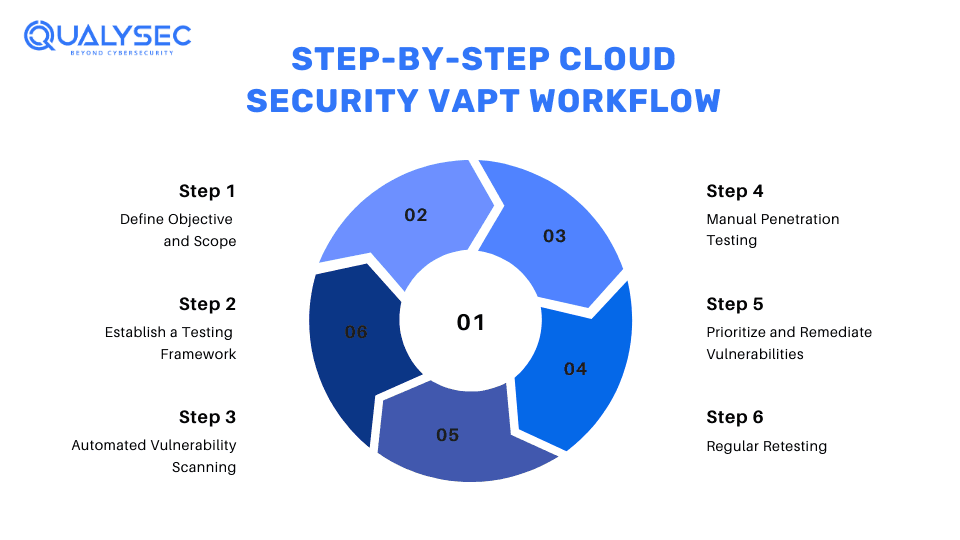
Step 1 – Define Objective and Scope:
Before starting cloud security VAPT, organizations need to clearly define their objectives, including which applications they want to test. Having a clear scope ensures all-important components are thoroughly evaluated, reducing blind spots.
Step 2 – Establish a Testing Framework:
Creating a comprehensive testing framework or plan ensures that cloud VAPT activities are consistent. The framework should include guidelines for vulnerability scans and penetration tests.
Step 3 – Automated Vulnerability Scanning:
Automated vulnerability scanning tools are important to continuously monitor cloud environments. These tools can detect known vulnerabilities, misconfigurations, and software weaknesses, giving organizations a first look at their security posture.
Step 4 – Manual Penetration Testing:
While automated tools provide useful information, manual penetration testing is the most important part of cloud security VAPT. Testers in manual testing simulate real-world attacks and detect complex vulnerabilities that may get missed by automated scans.
Step 5 – Prioritize and Remediate Vulnerabilities:
Once cloud VAPT is done, organizations need to prioritize the found vulnerabilities based on their severity and potential impact. This helps them to use their resources properly and fix high-priority vulnerabilities first. Quick remediation of vulnerabilities is important for a strong security posture.
Step 6 – Regular Retesting:
As cloud environments evolve, it is important to perform retesting to ensure the remediation methods are working and new vulnerabilities are being identified promptly. Doing regular retesting helps organizations stay prepared for potential cyber threats.
Conclusion
In this digital era, where cyber threats are continuously evolving, cloud security VAPT is not only an option but a necessity to strengthen online security. Organizations need a structured strategy and combine both automated vulnerability scanning and manual penetration testing methods. This can help them effectively protect their cloud landscape and secure their assets.
Qualysec Technologies makes it easy for organizations to conduct continuous cloud VAPT without adding additional burden on their business operations. As specialists in vulnerability assessment and penetration testing, we help organization fix their security issues in the cloud.
FAQs
Q: Why should I conduct VAPT for the cloud?
A: Since the cloud stores sensitive data and critical applications, they are a prime target of hackers. Vulnerability assessment and penetration testing (VAPT) helps in detecting and fixing vulnerabilities present in the cloud to keep the assets secure.
Q: What are cloud vulnerabilities?
A: Some common cloud vulnerabilities include:
- Insecure APIs
- Server misconfigurations
- Weak passwords/credentials
- Insecure codes
- Outdated software
Q: What are the top cloud computing security challenges?
A: The top challenges faced during cloud computing security are:
- Lack of transparency
- Resource sharing
- Restricted policies
- Scale, scope, and encryption issues
Q: How to best protect data in the cloud?
A: If you store sensitive data in the cloud, the best way to keep it secure is by conducting regular vulnerability assessment and penetration testing (VAPT). This method detects and fixes security flaws present in the cloud and keeps the data and assets in the cloud safe.









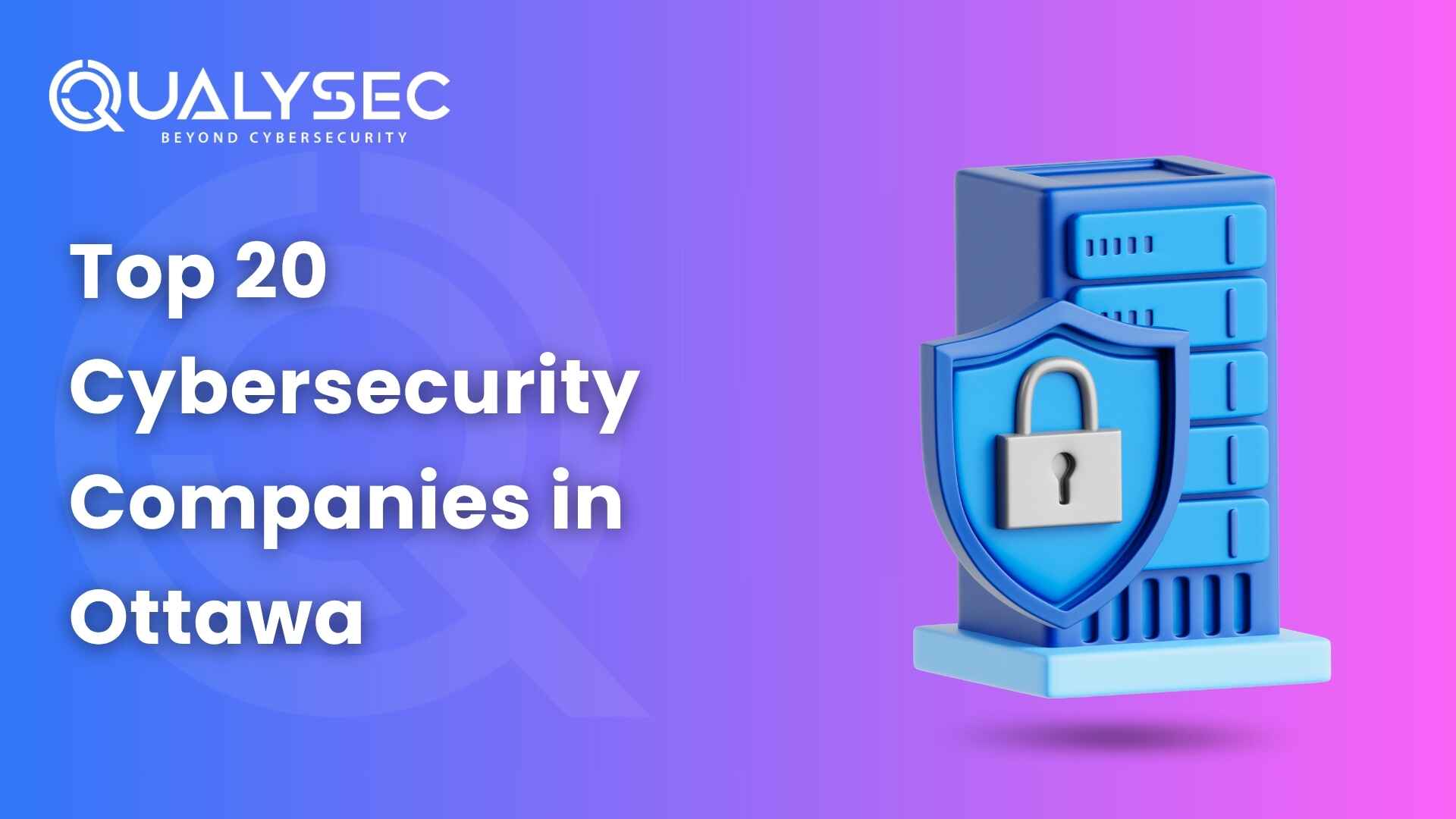
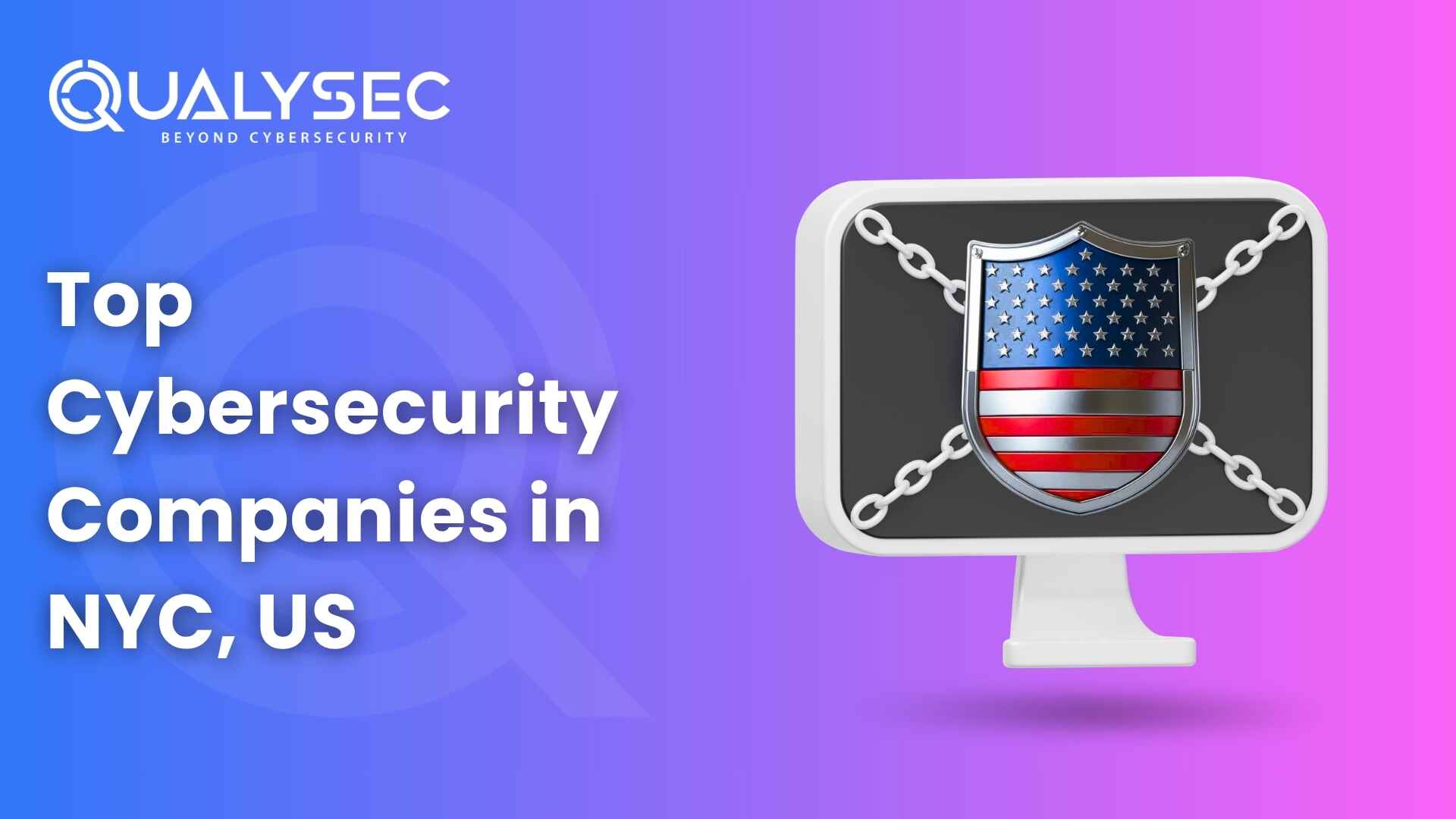




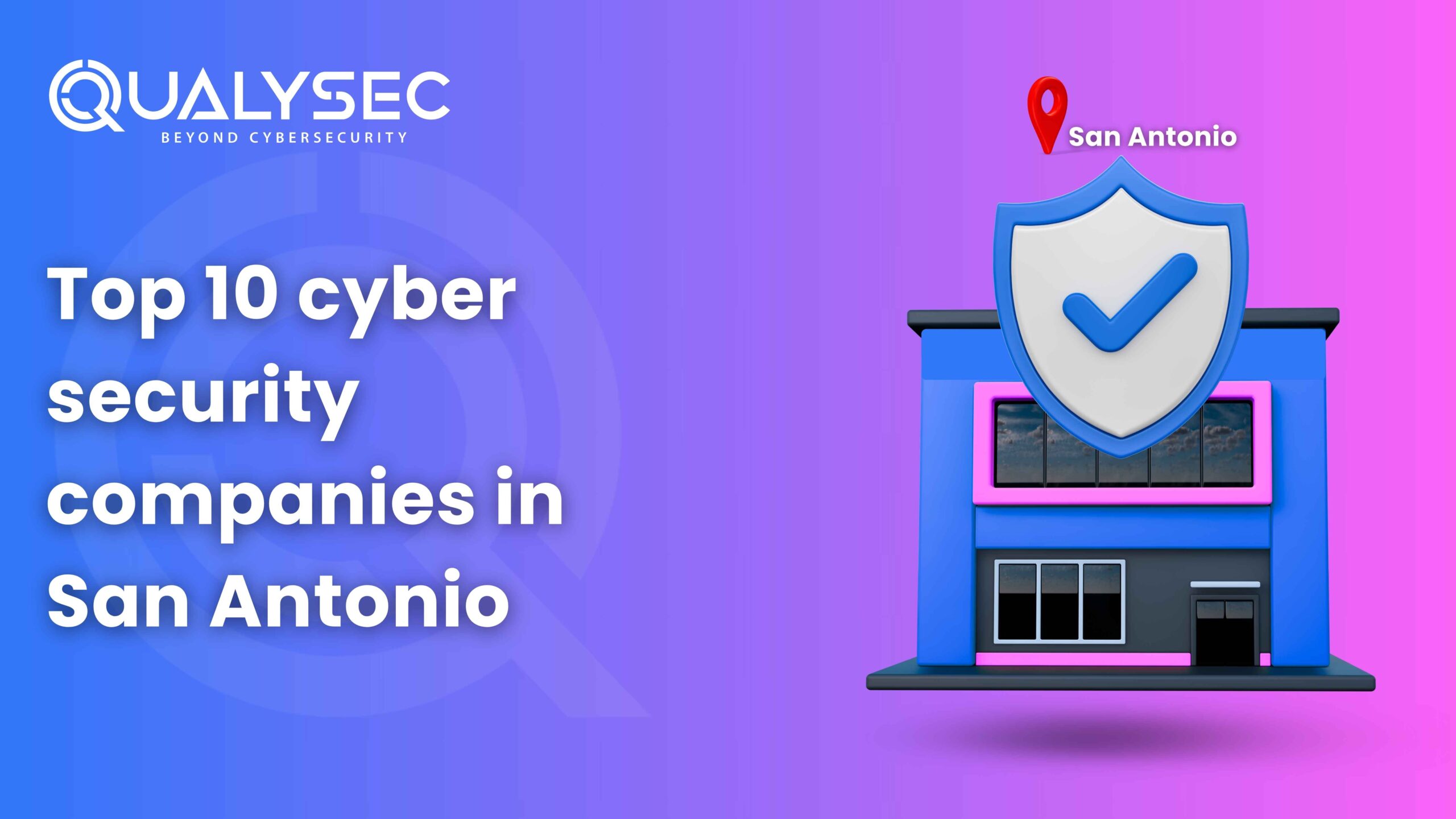
















































































































































































































































































































































































































































































































0 Comments